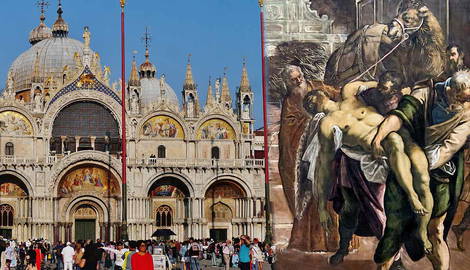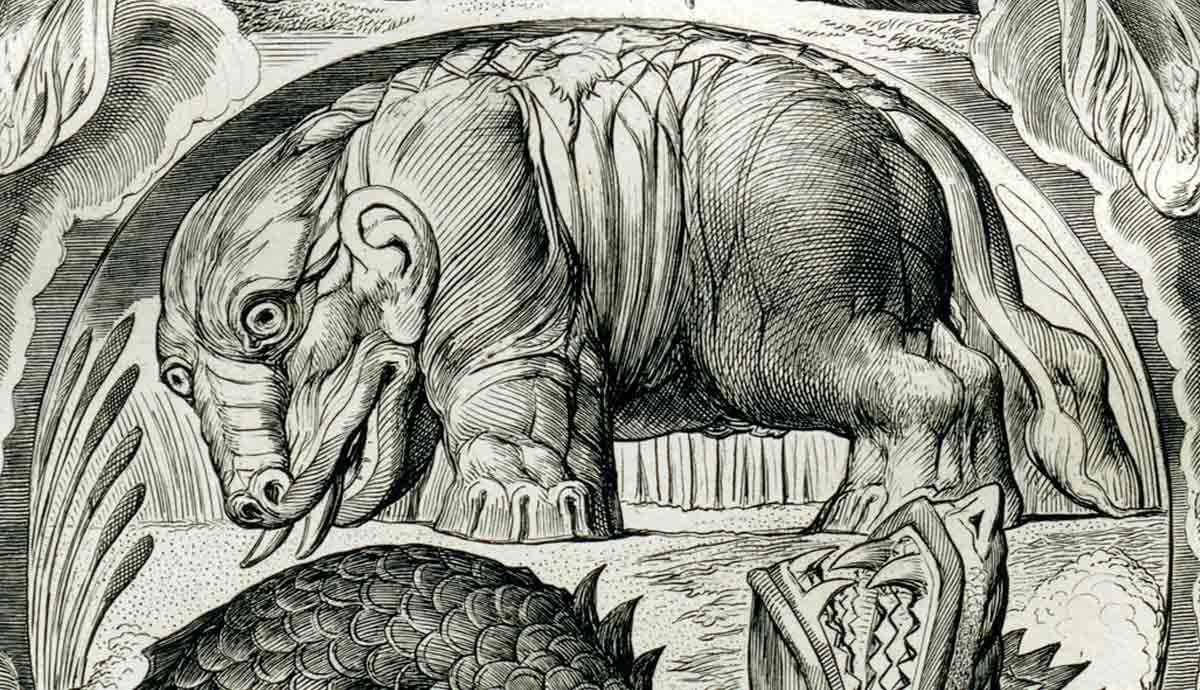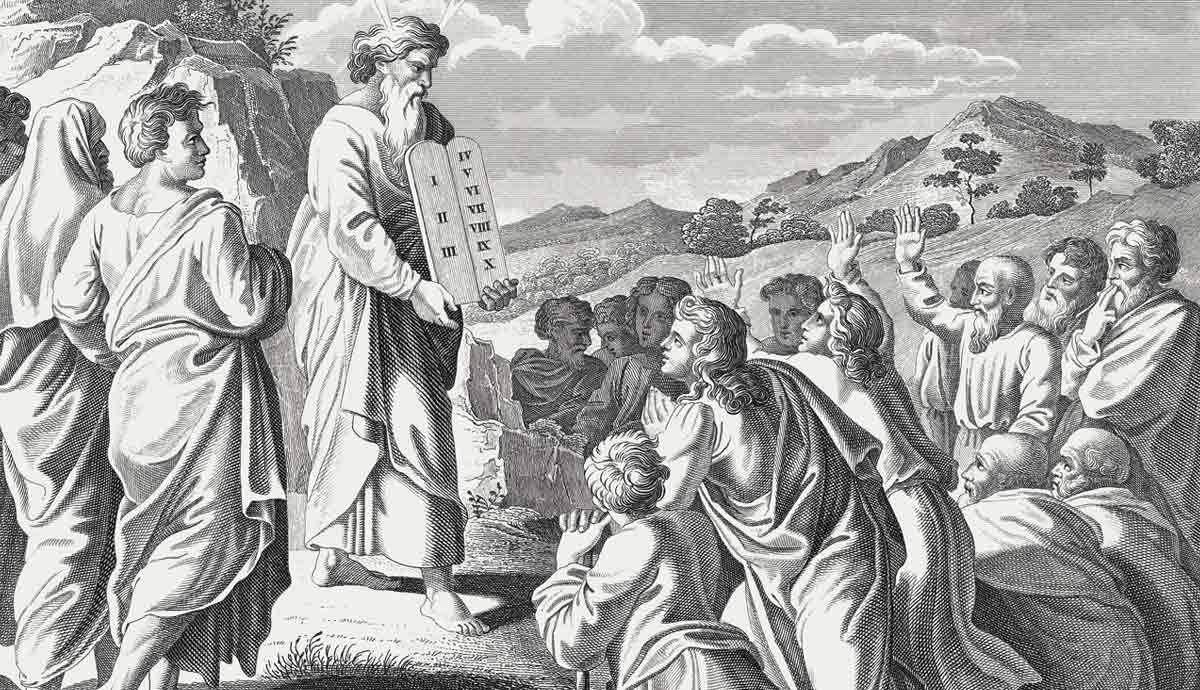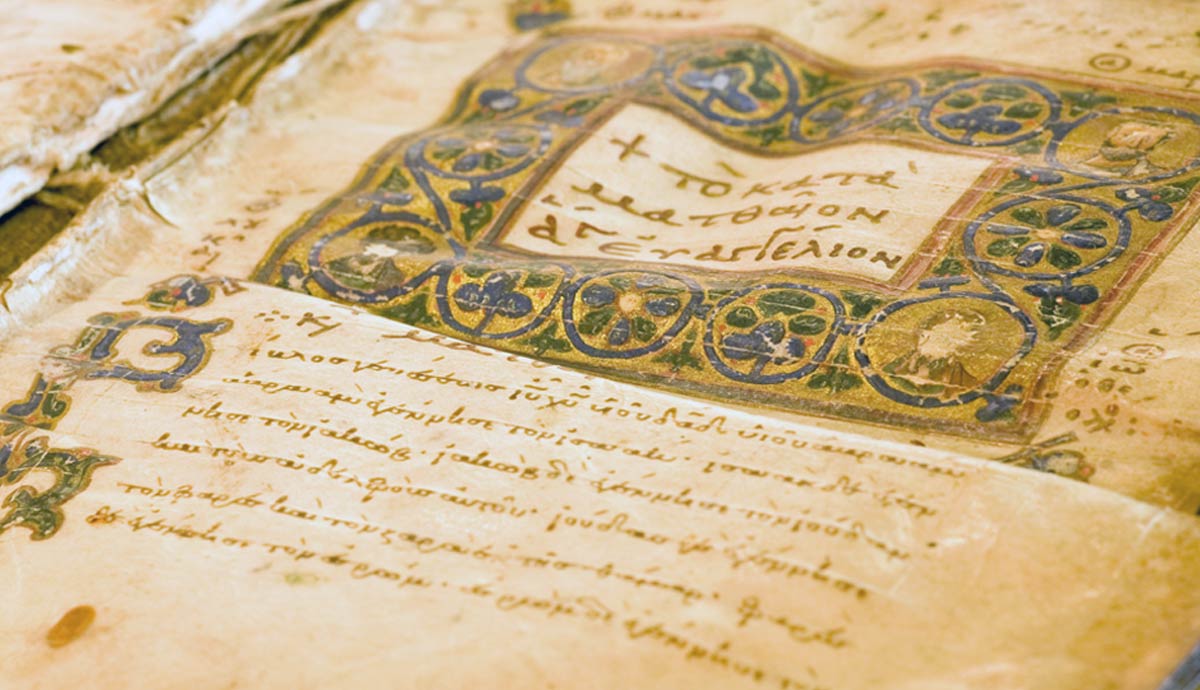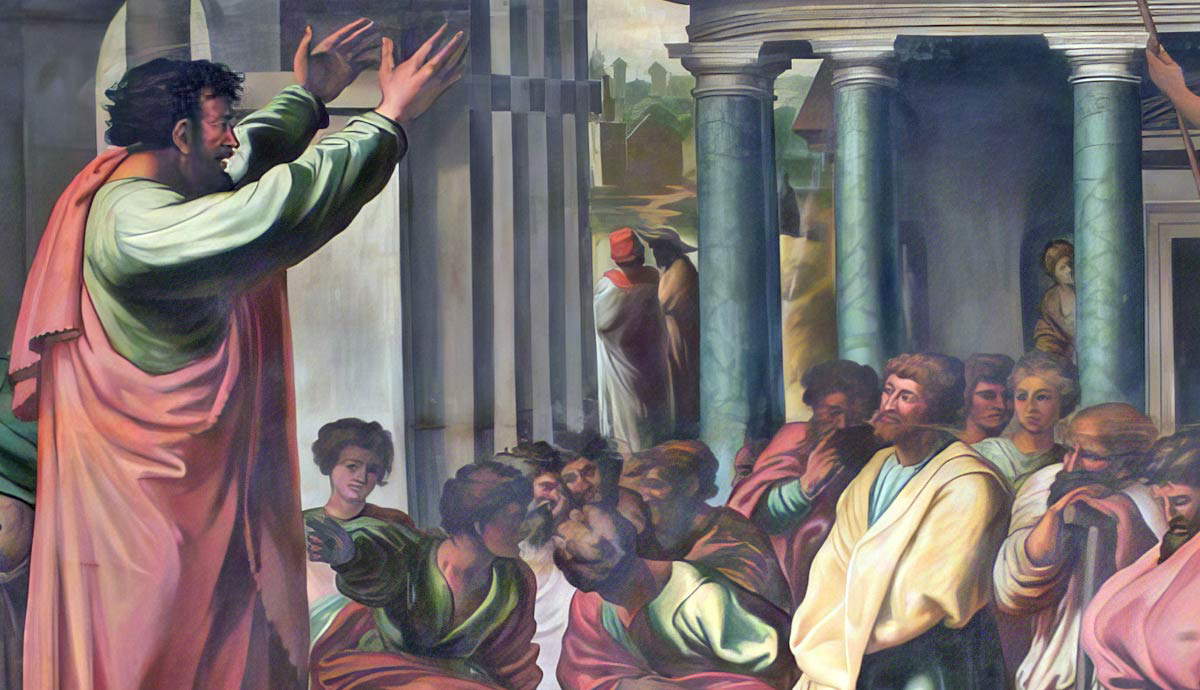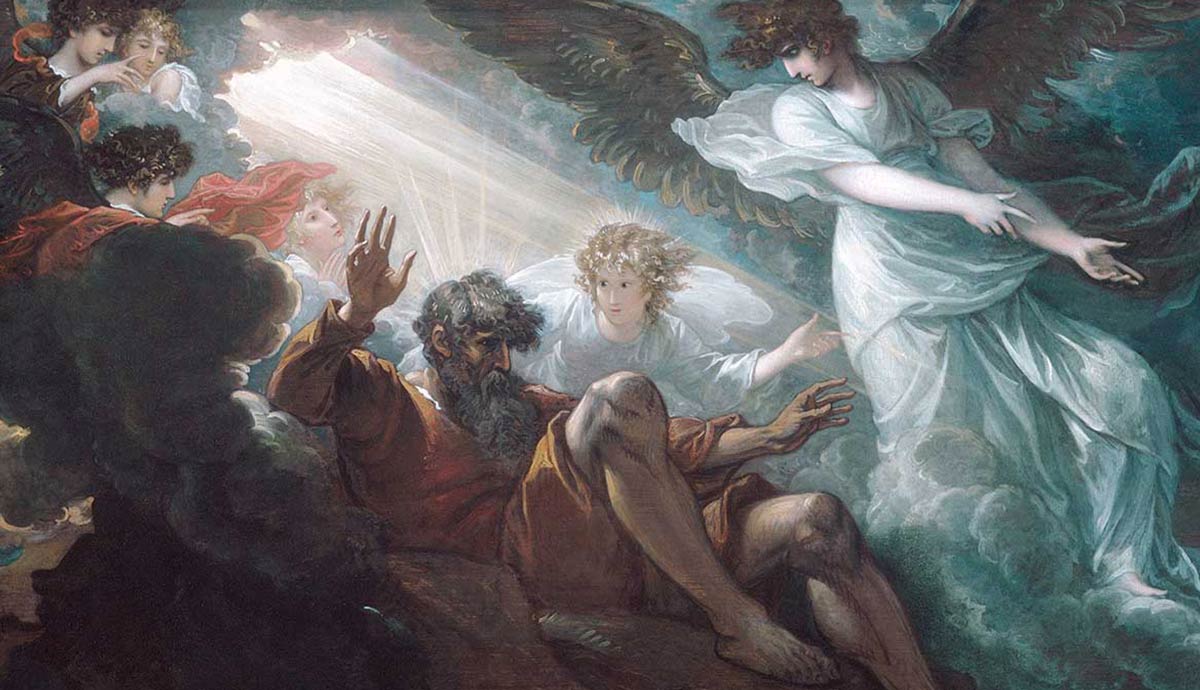
Saint Mark is one of the most significant apostles in the early Christian Church. He authored one of the four canonical gospels and evangelized in Northern Egypt. Scholars believe he was the first Bishop of Alexandria. According to tradition, Mark became a martyr after two days of excruciating torture. Although he ministered and died in Alexandria, his remains ultimately ended up in Venice, with the Basilica San Marco serving as a shrine in honor of this apostle to this day. The story of the transfer of his remains reflects the intrigues of Medieval politics.
The Martyrdom of Apostle Mark
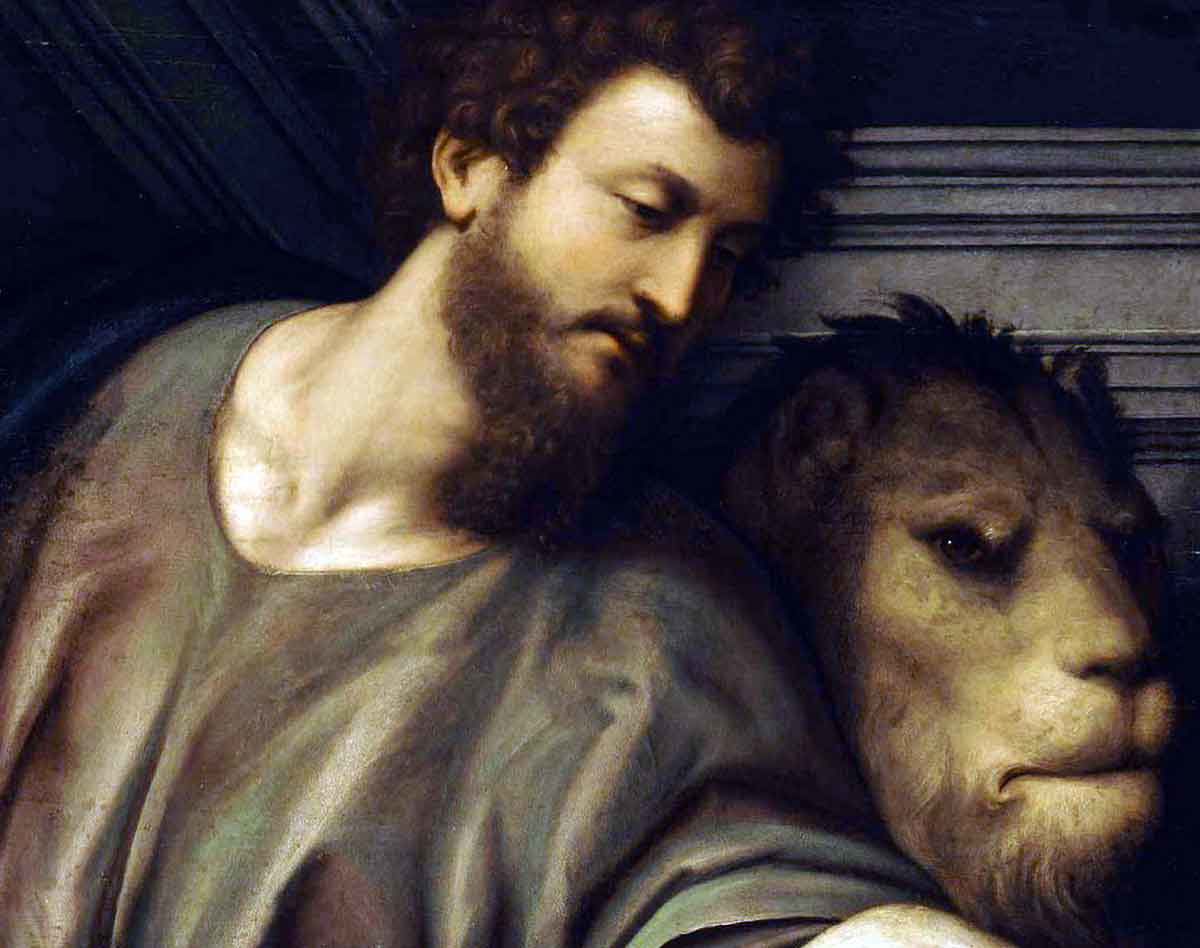
Mark was a co-worker of Paul and Barnabas, accompanying them on some of their missionary journeys, though not without some controversy between Paul and Mark. He authored what most scholars regard as the earliest of the canonical gospels. The Acts of the Apostles recorded a partial account of his early involvement in spreading the gospel.
According to Eusebius of Caesarea, Mark learned the gospel from Peter in Rome and subsequently traveled to Alexandria, a notable city of the time, to proclaim Christ there. Due to his efforts, he became a prominent figure in the Christian community and one of the founders of the church in Alexandria.
Mark’s efforts were so successful that the Christian community grew rapidly among the Greek, Jewish, and Egyptian populations. His success drew the ire of the pagan population of the city, who worshipped deities like Serapis, because they lost cult members to the Christian faith community. Few early Christian hagiographies remain. Some sources, like the Acts of Mark, a 4th-century work, claim that the backlash from the pagan community resulted in the death of Mark in 68 CE.
According to the Acts of Mark, a mob of pagan worshipers who celebrated a festival to Serapis on April 25, 68 CE, became incensed by the success of Mark’s ministry in Alexandria and seized the apostle. The mob tied a rope around his neck and dragged him through rough terrain, inflicting serious injuries and immense suffering. Mark survived the first day of torture but succumbed to his injuries during the second day.
The pagans planned to burn Mark’s body, but a rainstorm, which many have suggested was a miraculous event, extinguished the flames, and Christians had the opportunity to recover his body. Tradition holds that they buried the remains in a church or secret place to protect them from desecration. The site later became a place of veneration.
How Mark’s Remains Ended Up in Venice
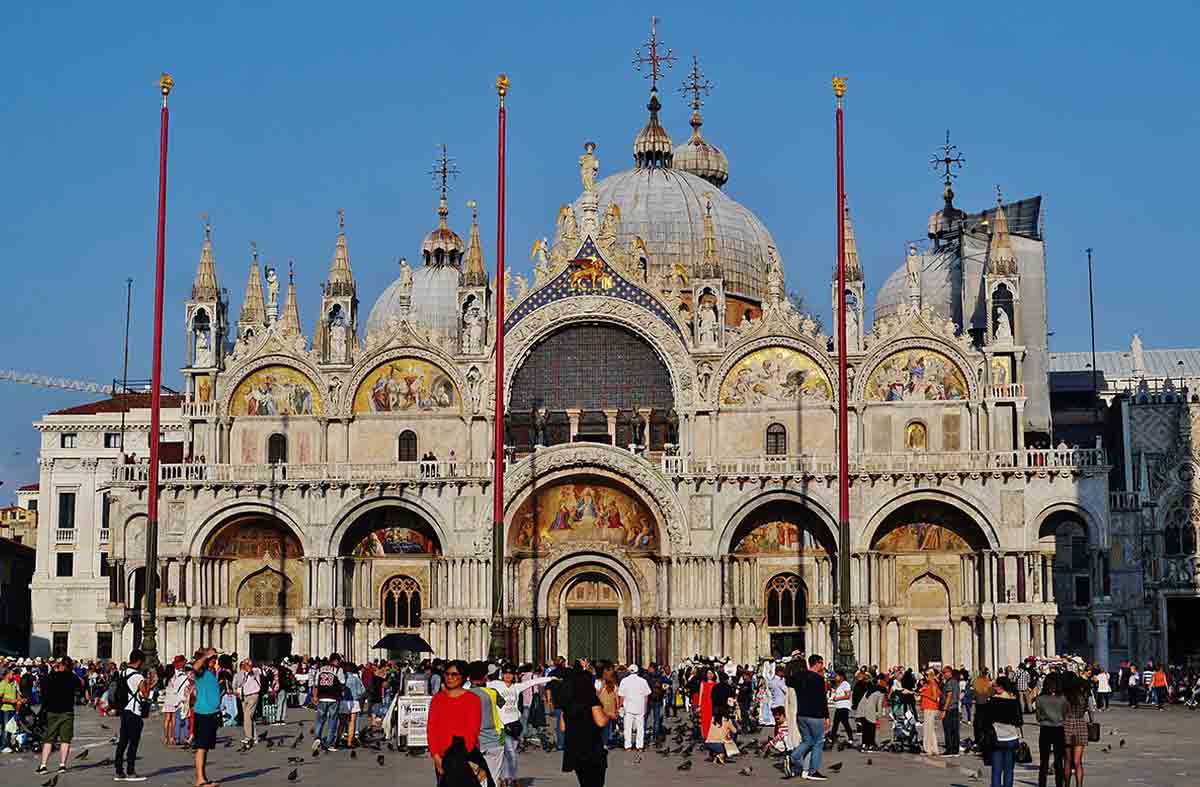
By the early Middle Ages, the veneration of relics had become a common practice in the church. Holding the remains of a significant person, like that of an apostle, brought prestige and pilgrims to a city. The political and economic benefits were notable, and relics, particularly those of an important apostle like Mark, were sought-after items. The city fathers of Venice, a burgeoning maritime power in the 9th century, considered the acquisition of relics like that of Saint Mark as a way to strategically increase the importance and stature of their city. They sought to assert Venice’s independence from the Byzantine Empire, and believed these relics could establish the city as a major religious center, rivaling Rome and Constantinople.
Tradition holds that two Venetian merchants, Buono da Malamocco and Rustico da Torcello, traveled to Alexandria with the intent of returning with the remains of Mark in 828 CE. Alexandria had been under Muslim rule since the 7th century CE. Christianity had dwindled in the area, and many churches were repurposed as Muslim centers of worship or for alternative uses. Saint Mark’s tomb was in danger of neglect and potential repurposing as well.
How Da Malamocco and Da Torcello orchestrated the removal of Saint Mark’s relics remains uncertain. It likely would have included negotiations with local custodians or even bribes, in addition to a sympathetic priest or two. The remaining Christian leaders and caretakers must have been aware of the danger of losing the relics to the Muslims, who prohibited the removal of Christian relics. Legend has it that the merchants smuggled the remains of Saint Mark out in a basket filled with pork, a substance the Muslims would have avoided at all costs.
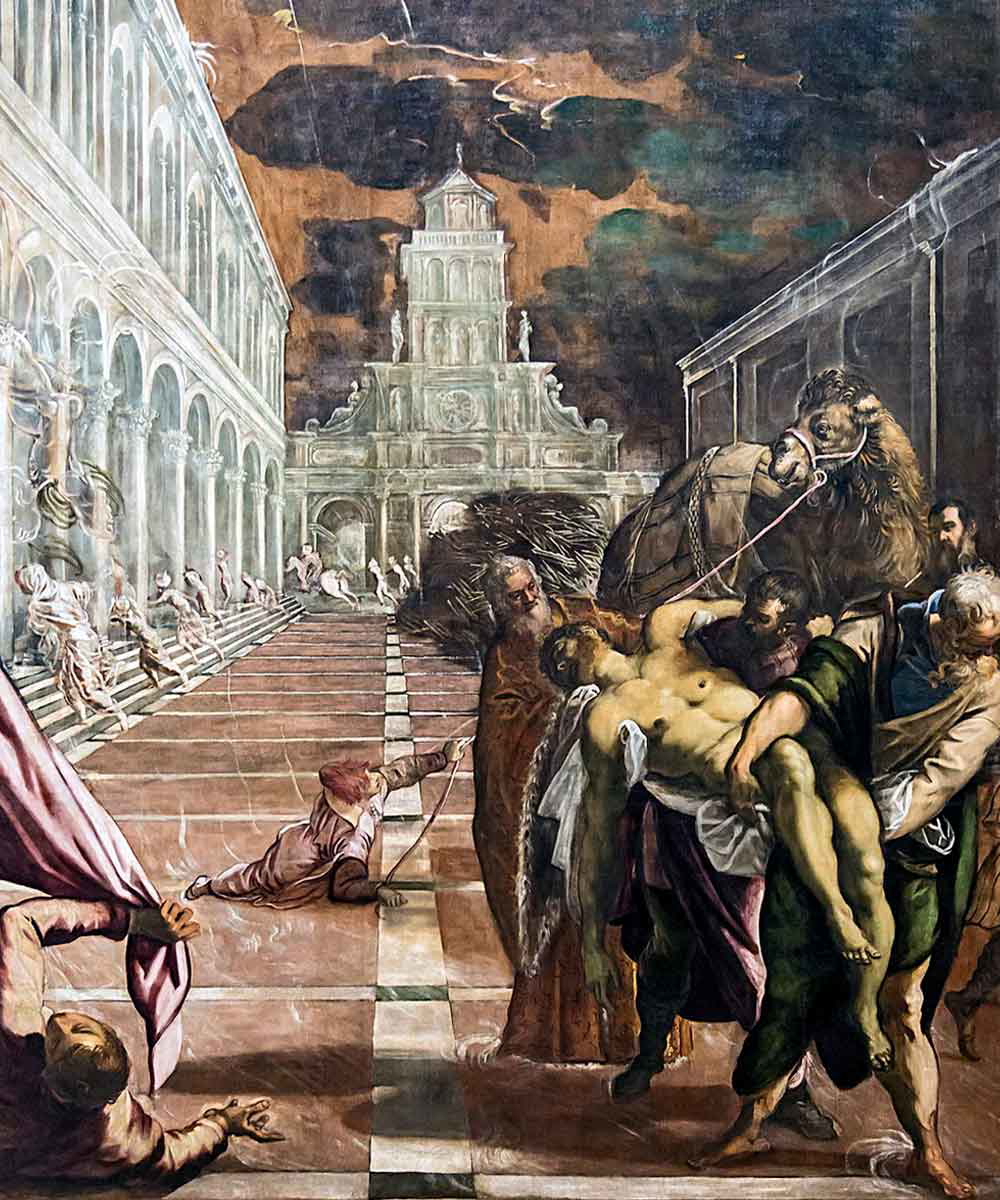
Supposedly, the journey back to Venice was fraught with danger. The ship sailed into several storms that threatened disaster, but the journey miraculously ended with the cargo safely reaching Venice. The Doge of Venice, Giustiniano Participazio, and prominent clergy received the two merchants and their precious artifacts with great fanfare and immediately had a temporary shrine erected to hold them.
The removal, however, was not without controversy. The acquisition of the relics, which some considered theft, strained relations between Christians in Alexandria and Venice. The authorities in Venice were convinced that it was a pious act, but the benefits it held were undeniable.
To increase the prestige of Venice and do justice to the significance of the relics, a suitable permanent structure had to be erected. Construction on the modest Basilica of Saint Mark began in 828 CE. This structure was destroyed in a rebellion in 976 CE, resulting in the temporary loss of the relics. A 10th-century work, Translatio Sancti Marci, detailed the journey and events related to the transfer of the remains of Saint Mark from Alexandria to Venice.
The construction of the grand Basilica di San Marco, essentially the same structure tourists to Piazza San Marco can see today, started in 1063 and was completed in 1094 CE. The relics of Saint Mark allegedly reappeared miraculously during the consecration of the structure, in an event referred to as the apparitio (appearance), which is celebrated annually to this day. Decoration and embellishment of the structure continued for centuries afterward.
Honoring the Ministry and Legacy of Mark
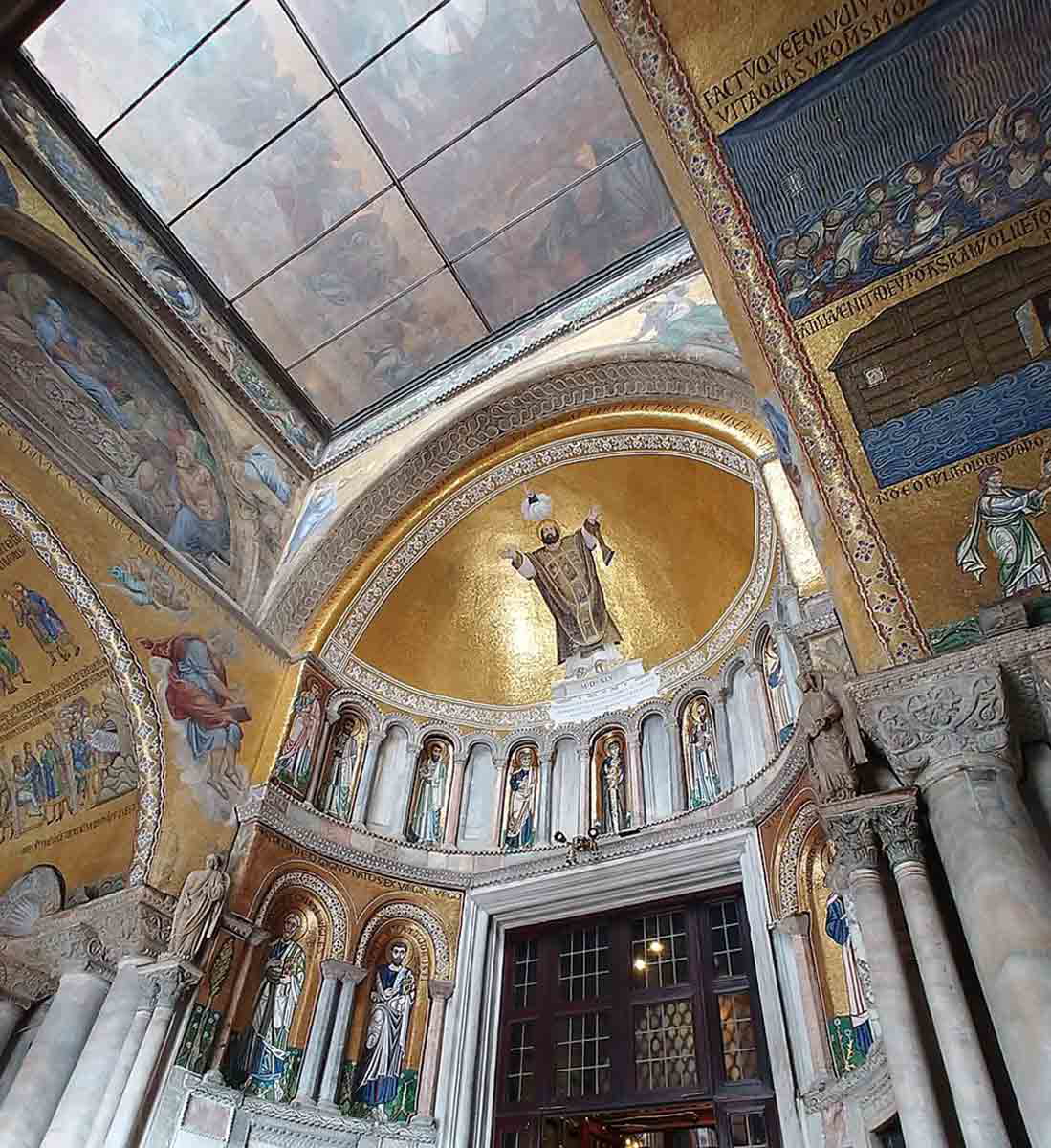
The Basilica of Saint Mark is a monument to Saint Mark and Byzantine architecture. The purpose of the opulent mosaics, marble columns, and golden domes was to create a fitting shrine for the relics of Saint Mark. His remains lie beneath the high altar of the Pala d’Oro, a jewel-encrusted altarpiece meant to highlight the significance of the venue and inspire awe from pilgrims and visitors to Venice who wish to view the majestic cathedral.
The relics themselves are kept in a stone sarcophagus and are rarely displayed. The intricate mosaics that adorn the basilica depict the life and ministry of Mark as well as the translatio, the story of the journey to retrieve the relics of Saint Mark from Alexandria and bring them to Venice.
Venice holds a feast in honor of Saint Mark on April 25 each year, the day his martyrdom started. The festival is marked by religious services, processions, and civic celebrations, and the Patriarch of Venice leads a solemn Mass in the basilica attended by dignitaries, clergy, and the faithful. The celebrations highlight the close tie between the city and Saint Mark that began well over a millennium ago. “Bocolo di San Marco” refers to giving a single red rose on that day as a sign of love.
The Piazza San Marco and basilica, the focal point of the square, have become one of the iconic tourist attractions of the city, and millions of visitors frequent it annually. A winged lion serves as a symbol of Saint Mark, and statues, flags, and public buildings depict this creature. It has also become a symbol of the city’s strength and independence.
The relics of Saint Mark did exactly what the 9th-century politicians hoped they would. It raised the city’s status and reinforced its authority, particularly during the height of the Republic of Venice.
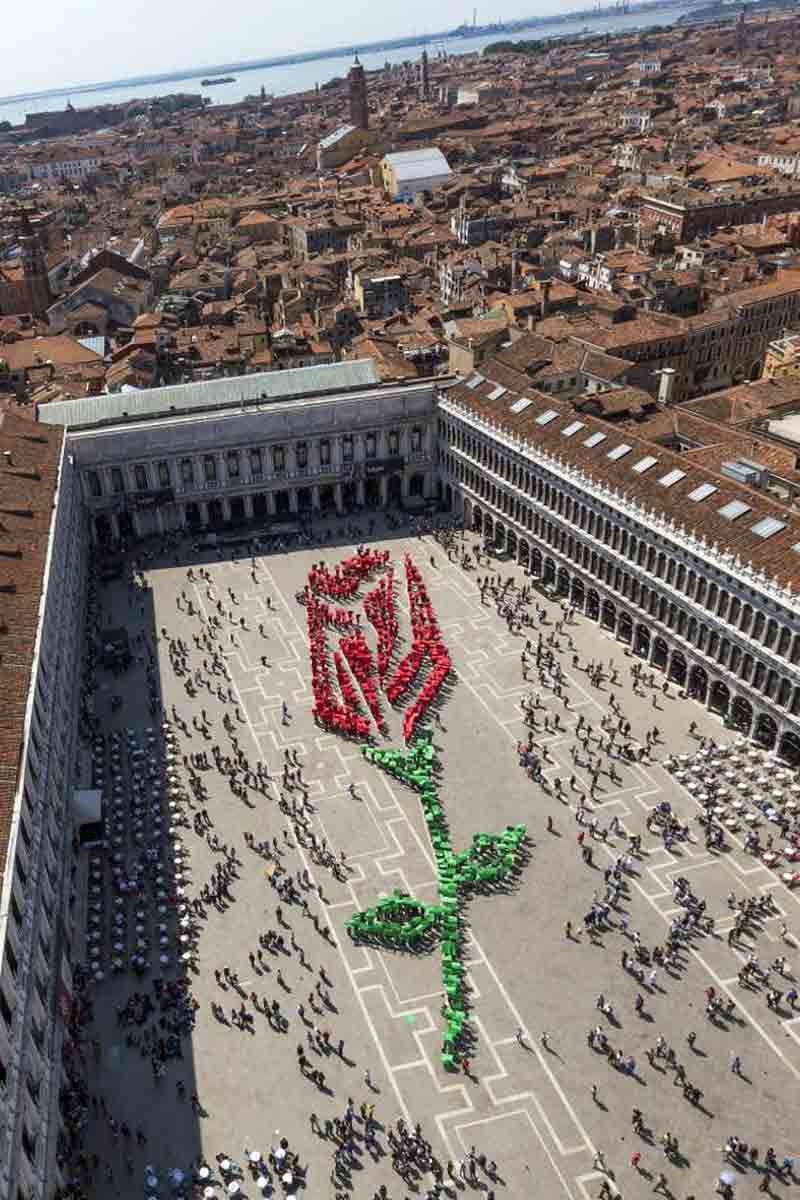
Even today, the struggle to preserve the basilica and its precious contents continues. Since Venice was built on a lagoon, flooding remains a danger, particularly during acqua alta or high water. Efforts to protect against flooding by installing flood barriers have been ongoing. The foundations have also been strengthened to safeguard the sarcophagus and the priceless artwork in the basilica. The Basilica di San Marco is a UNESCO World Heritage Site.
In 1968, the Catholic Church returned a portion of the relics to the Coptic Church of Alexandria as a sign of goodwill. The act recognized the shared heritage of these churches and their connection to Saint Mark.
Much like the evangelist himself, Venice has endured and persevered through many challenges to preserve that which is sacred. As a result, Saint Mark has become part of the City of Venice’s identity, with the Basilica di San Marco and Piazza di San Marco being the focal point of tourism in Venice. The city preserved the remains of the apostle when it was at risk from Muslim invaders. In turn, the apostle raised the city’s’s profile and returned the investment of retrieving and preserving his remains a million times over. Considering the geopolitical history of Alexandria and Venice, one would be justified in concluding that the translatio was the best outcome for the preservation of Christian history as it relates to the relics of Saint Mark.
